A Comprehensive Guide to Road Traffic Control Equipment
Read more...
Author: Workshop360 Date Posted:8 December 2022
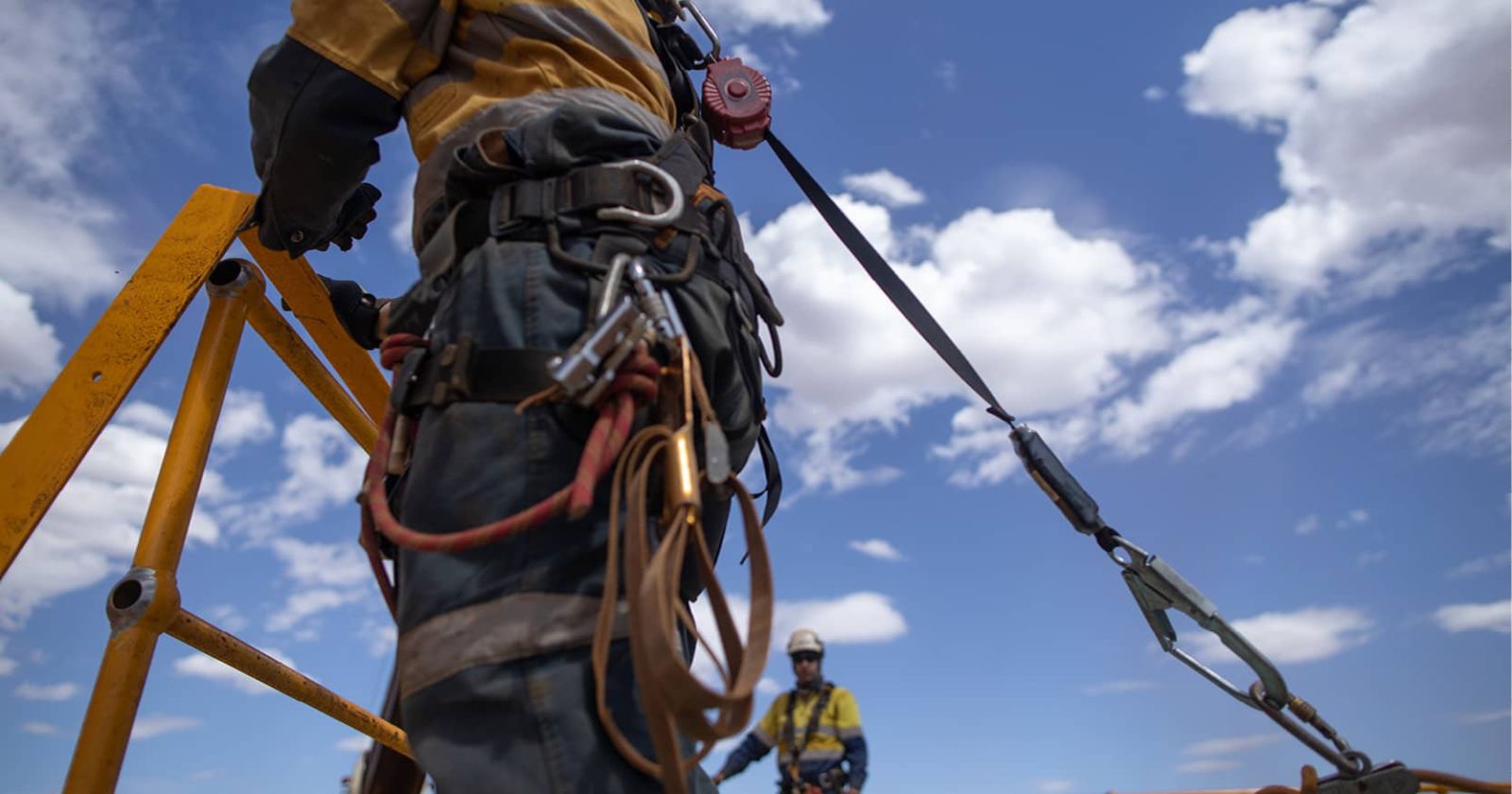
If you had to guess at what height is fall protection required, what would your answer be? It may come as a surprise that construction work with a risk of falling over 2 metres is considered high risk. High risk construction work or housing construction work with a risk of falling over 3 metres requires fall protection measures and that a Safe Work Method Statement (SWMS) is prepared. This is a document which outlines the fall risks and the fall protection measures that have been put in place to avoid them, as well as other critical info like who is responsible for making sure the fall protection is used and who the workers are who will use them. And since falls are a leading cause of workplace death and injury in Australia, it’s important to take the SWMS seriously.
Thankfully, Safe Work Australia has a template available, which makes it a smooth process. Included on the sheet are a list of possible high risk construction activities with tick boxes to fill in. Examples include diving work, work on or near chemical, fuel or refrigerant line, use of explosives, and demolition of load baring structure. Which means that someone could have filled out a SWMS for James Bond before the intro sequence of Goldfinger. The only thing they would have to write in themselves is the seagull hat, which has a high-risk of being hilarious with no known preventions.
Safe Work Australia says that work must be carried out on the ground or on a solid construction (basically anything more permanent) where it’s possible but if it isn’t then fall prevention devices are necessary. Fall protection measures include barriers, scaffolding, and elevating work platforms (like cherry pickers and scissor lifts). If machinery like this is impossible, then work positioning systems like industrial rope access systems must be used.
If even that is not possible then a fall arrest system like a safety net or a catch platform is required. That said, a combination of these may be necessary to minimise risk properly. Personally, I think using the rope system and a safety net would be the most fun… I mean, if you’re going to fall off something, you may as well make the most of it and pretend you’re a trapeze artist.
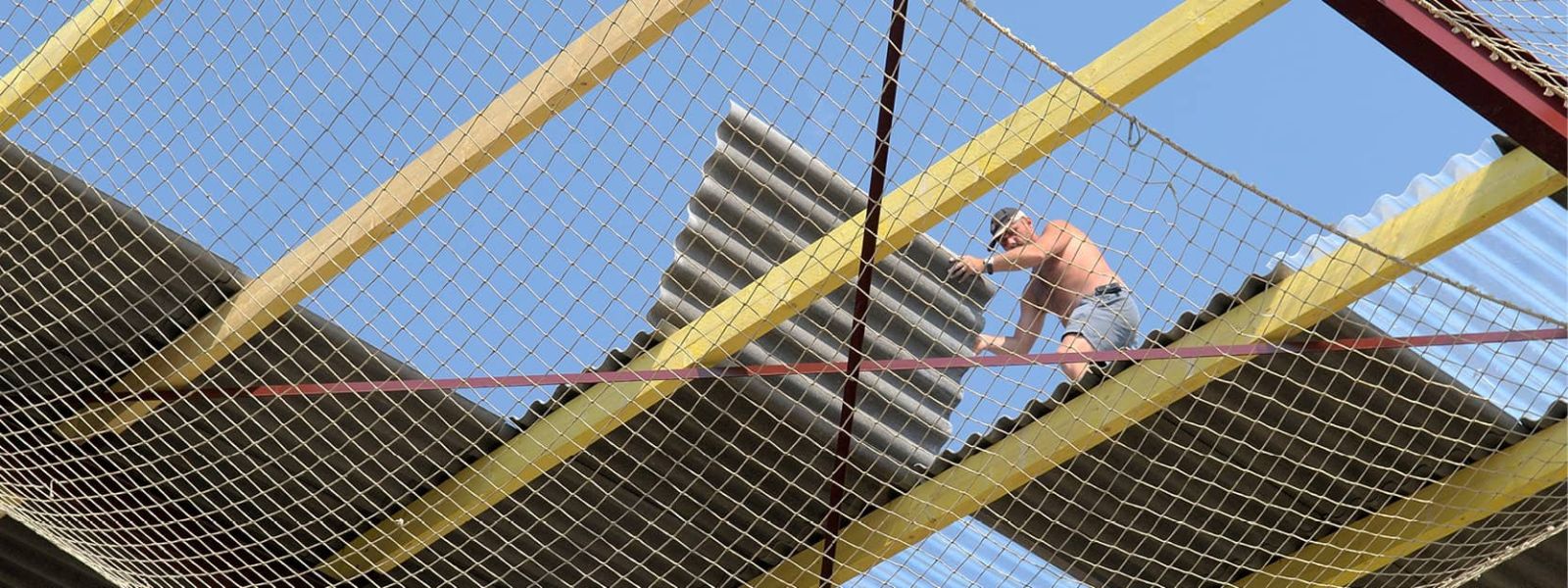
That brings up an important point: workers have a duty to take reasonable care for their own health and safety, and make sure they don’t affect other people’s as well. This means they need to comply with reasonable instructions made to them about safety. Of course, if you are a person conducting a business or undertaking (PCBU – gosh, they really love their acronyms) then you have duties specifically outlined by the Work Health and Safety (WHS) Act about not only providing fall protection at heights over 2 meters but making sure people work on the ground where possible (they can pretend to be Spiderman on their own time), as well as safe access to and from the worksite. The other party that needs to keep workers safe is officers, such as company directors, to make sure the WHS Act and Regulations are followed.
Now you know, if you ever wonder at what height is fall protection required, that for construction any work done with a fall height over 2 meters needs some form of protection, or 3 metres in house construction. And that fall protection measures can be as simple as railings or as big as a cherry picker. Just remember, no running with scissor lifts. We want to be here for a good time and a long time.
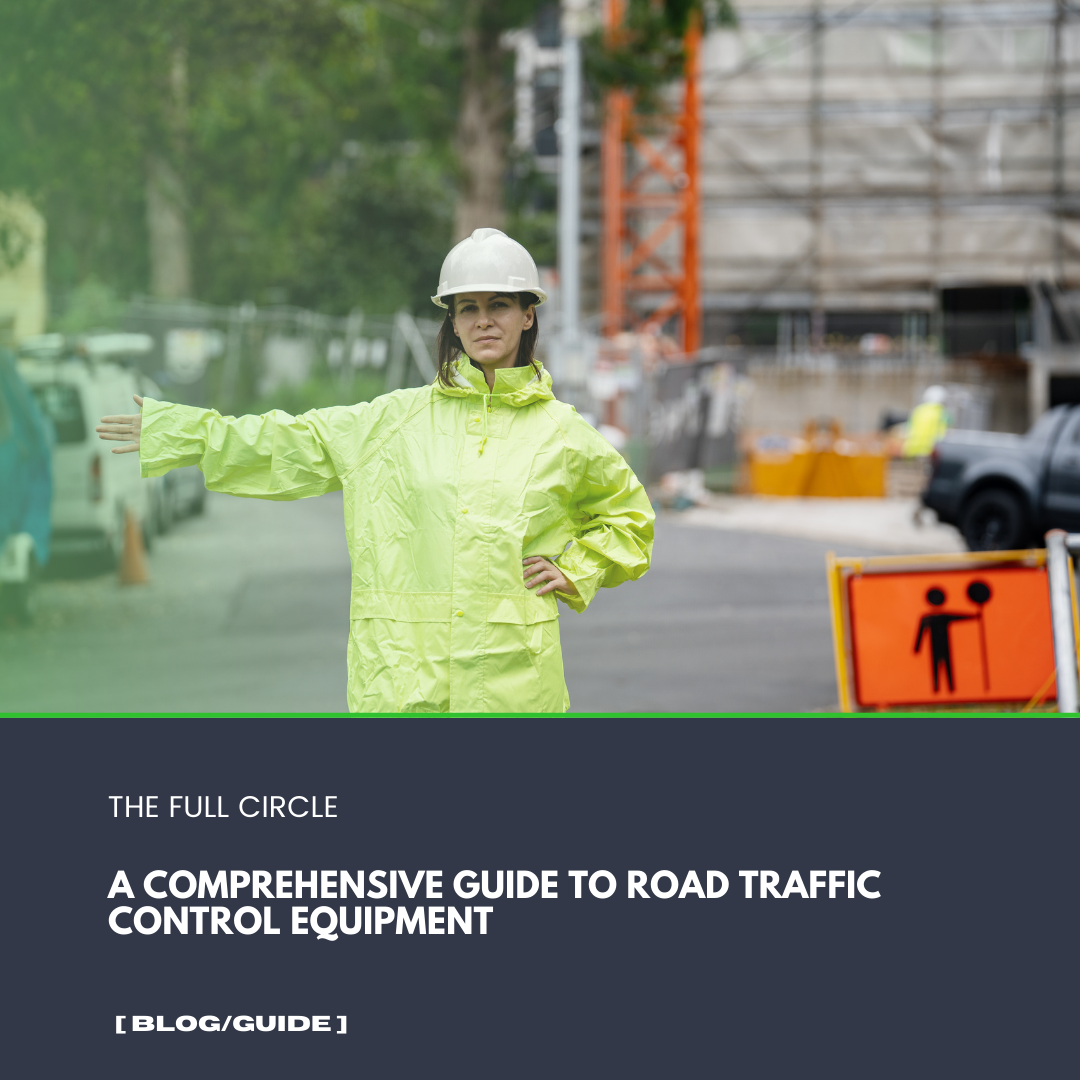
Read more...
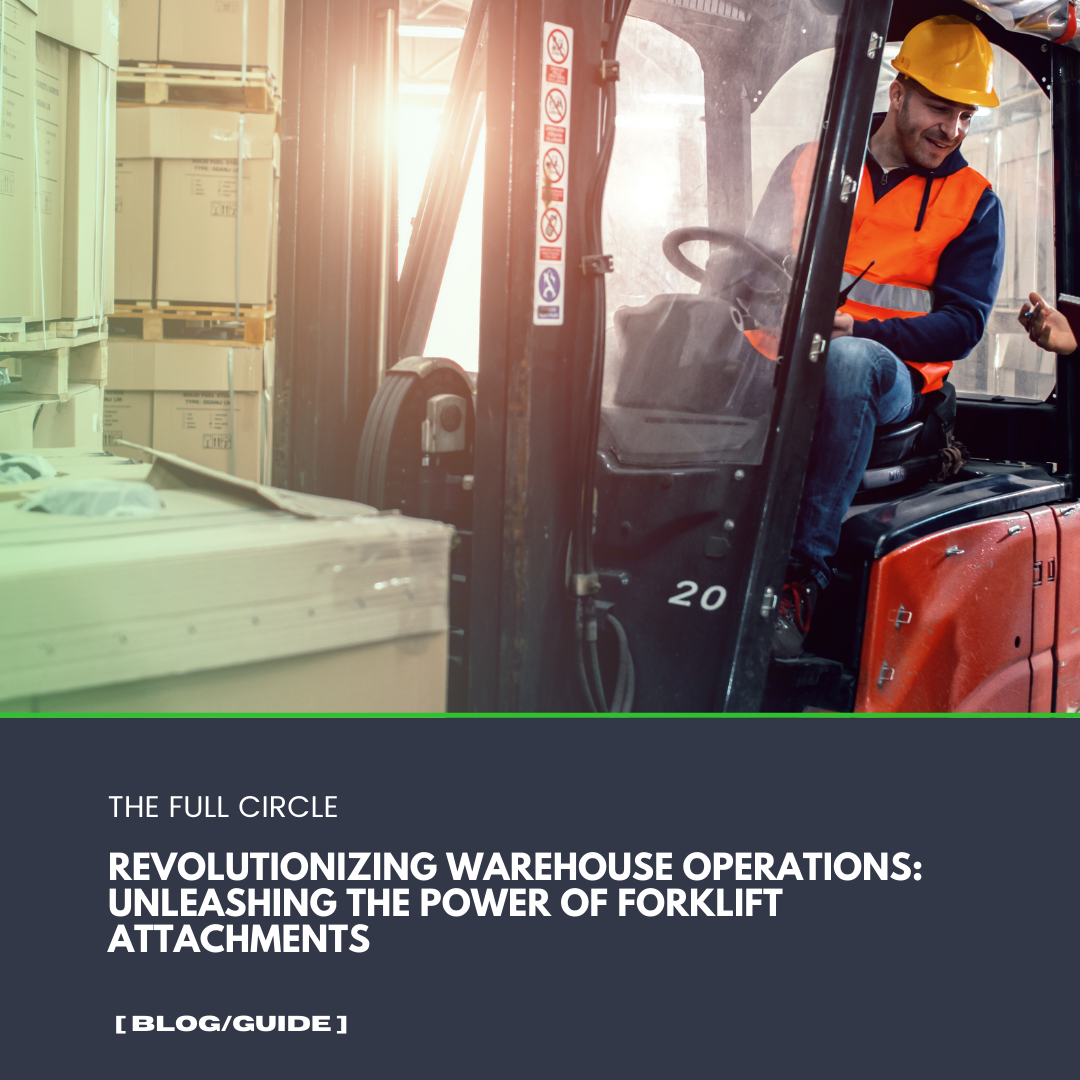
Read more...
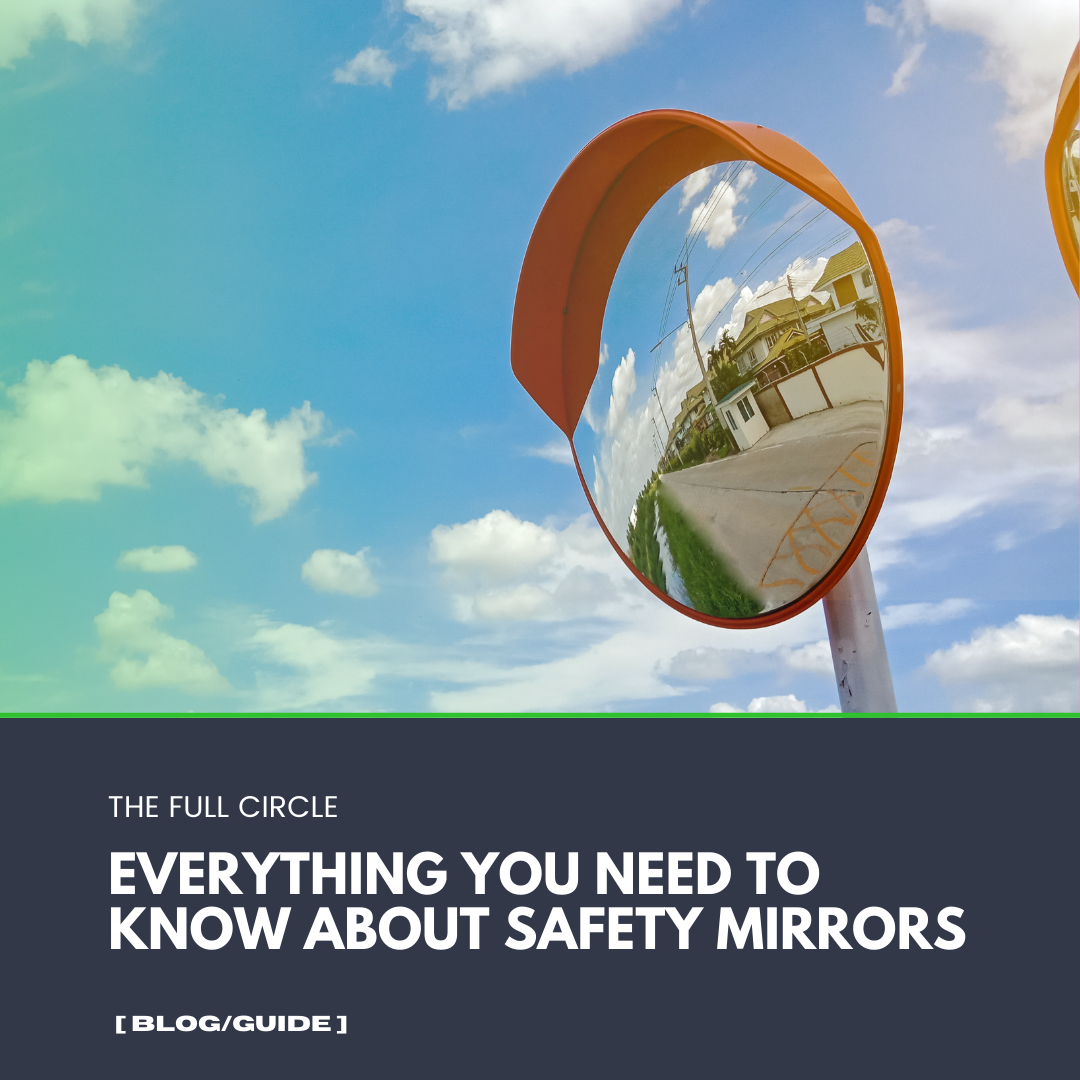
Read more...
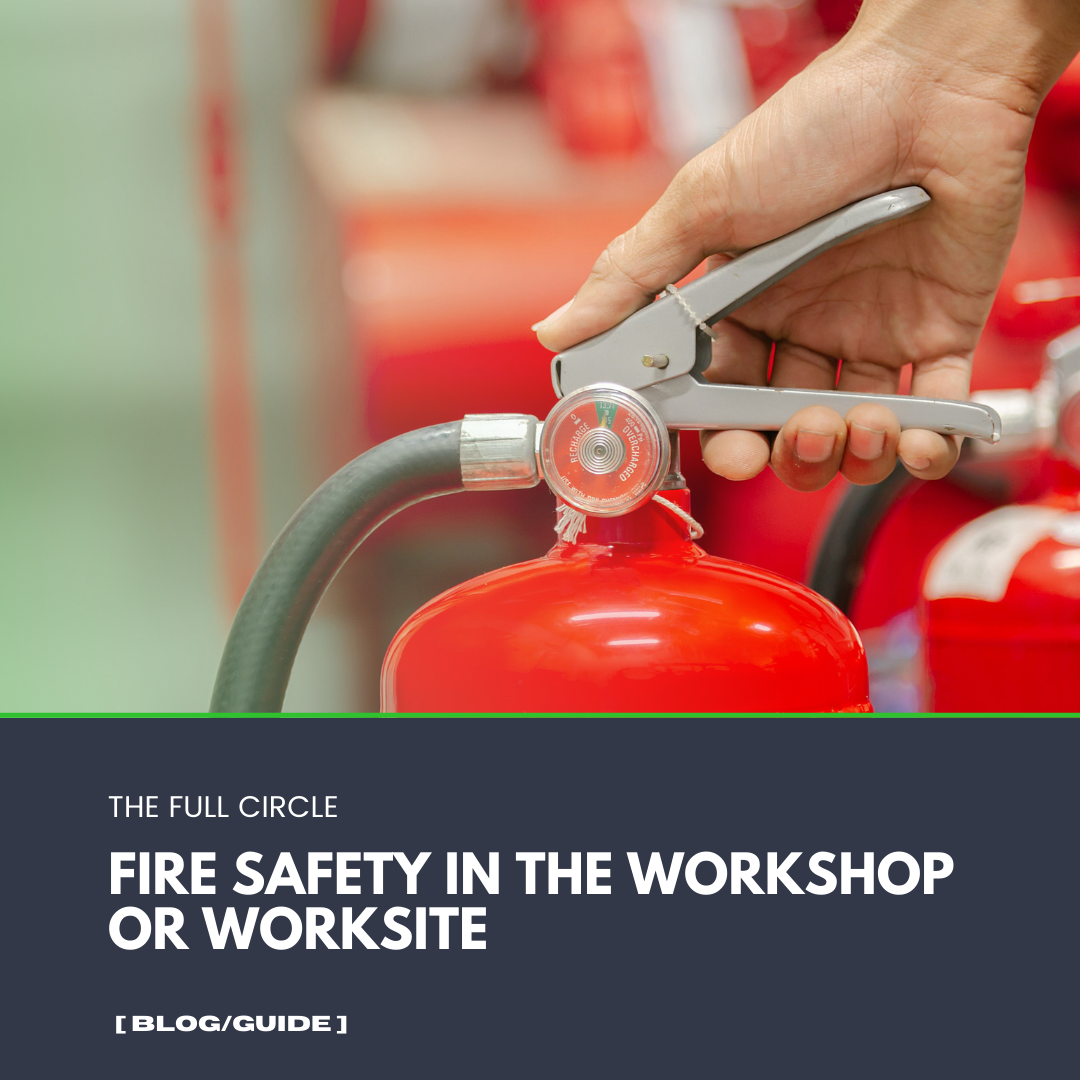
Read more...
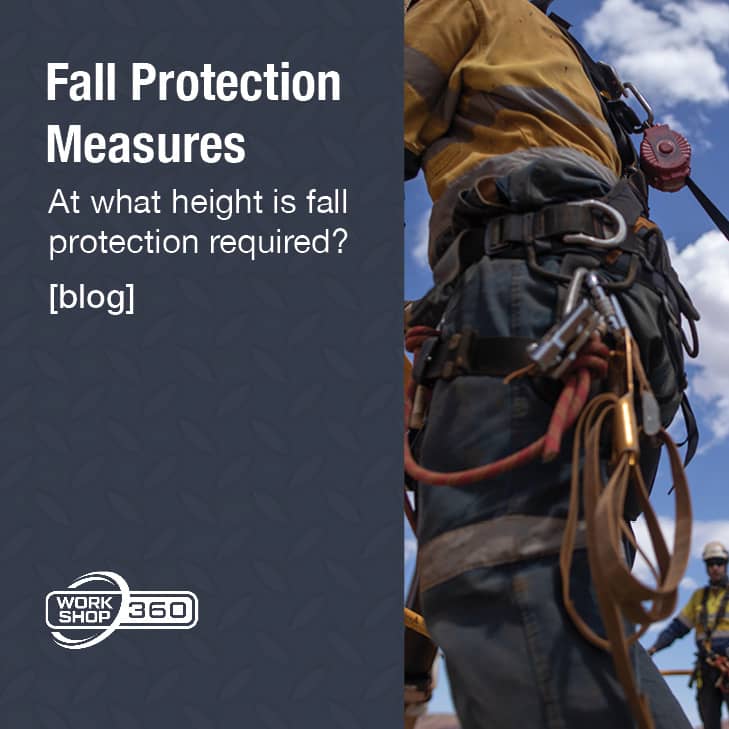
Read more...

Subscribe to our newsletter to get exclusive deals and updates!
 Afterpay
Afterpay Bank Deposit
Bank Deposit PayPal Express
PayPal Express Web Payments
Web Payments Web Payments
Web Payments MasterCard
MasterCard Visa
VisaWelcome to our website. If you continue to browse and use this website, you are agreeing to comply with and be bound by the following terms and conditions of use, which together with our privacy policy govern EagleXP T/A Workshop360’s relationship with you in relation to this website. If you disagree with any part of these terms and conditions, please do not use our website.
The term ‘EagleXP T/A Workshop360’ or ‘us’ or ‘we’ refers to the owner of the website whose registered office is Unit 1, 18 Gravel Pit Road, Darra, QLD, 4076. Our ABN is 14 622 985 068. The term ‘you’ refers to the user or viewer of our website.
The use of this website is subject to the following terms of use:
This Privacy Policy describes how your personal information is collected, used, and shared when you visit or make a purchase from www.workshop360.com.au (the “Site”).
When you visit the Site, we automatically collect certain information about your device, including information about your web browser, IP address, time zone, and some of the cookies that are installed on your device. Additionally, as you browse the Site, we collect information about the individual web pages or products that you view, what websites or search terms referred you to the Site, and information about how you interact with the Site. We refer to this automatically collected information as “Device Information”.
We collect Device Information using the following technologies:
Additionally, when you make a purchase or attempt to make a purchase through the Site, we collect certain information from you, including your name, billing address, shipping address, payment information (including credit card numbers & payment account numbers Paypal, Afterpay, ZipPay), email address, and phone number. We refer to this information as “Order Information”.
When we talk about “Personal Information” in this Privacy Policy, we are talking both about Device Information and Order Information.
We use the Order Information that we collect generally to fulfil any orders placed through the Site (including processing your payment information, arranging for shipping, and providing you with invoices and/or order confirmations). Additionally, we use this order information to:
We use the Device Information that we collect to help us screen for potential risk and fraud (in particular, your IP address), and more generally to improve and optimize our Site (for example, by generating analytics about how our customers browse and interact with the Site, and to assess the success of our marketing and advertising campaigns).
We share your Personal Information with third parties to help us use your Personal Information, as described above.
We also use Google Analytics to help us understand how our customers use the Site-you can read more about how Google uses your Personal Information here: https://www.google.com/intl/en/policies/privacy/. You can also opt-out of Google Analytics here: https://tools.google.com/dlpage/gaoptout.
Lastly, we may also share your Personal Information to comply with applicable laws and regulations, to respond to a subpoena, search warrant or other lawful request for information we receive, or to otherwise protect our rights.
As described above, we use your Personal Information to provide you with targeted advertisements or marketing communications we believe may be of interest to you. For more information about how targeted advertising works, you can visit the Network Advertising Initiative’s (“NAI”) educational page at http://www.networkadvertising.org/understanding-online-advertising/how-does-it-work.
You can opt out of targeted advertising by:
Facebook - https://www.facebook.com/settings/?tab=ads
Google - https://www.google.com/settings/ads/anonymous
Bing - https://advertise.bingads.microsoft.com/en-us/resources/policies/personalized-ads
Additionally, you can opt-out of some of these services by visiting the Digital Advertising Alliance’s opt-out portal at: http://optout.aboutads.info/.
You can also do a blanket opt-out of targeted advertising at http://www.youronlinechoices.com.au/ for companies who have signed up to “Your Online Choices”.
This website uses the Google AdWords remarketing service to advertise on third party websites (including Google) to previous visitors to our site. It could mean that we advertise to previous visitors who have completed a task on our site, for example using the contact form to make an enquiry or making a purchase.
This could be in the form of an advertisement on the Google search results page, or a site in the Google Display Network. Third-party vendors, including Google, use cookies to serve ads based on someone’s past visits to this website. Of course, any data collected will be used in accordance with our own privacy policy and Google’s privacy policy.
You can set preferences for how Google advertises to you using the Google Ad Preferences page.
Please note that we do not alter our Site’s data collection and use practices when we see a Do Not Track signal from your browser.
Under Australia Consumer Law you are entitled to rights regarding the collection and usage of your information. For more information on your rights visit the ACCC website: www.accc.gov.au
When you place an order through the Site, we will maintain your Order Information for our records unless and until you ask us to delete this information.
We may update this privacy policy from time to time in order to reflect, for example, changes to our practices or for other operational, legal or regulatory reasons.
For more information about our privacy practices, if you have questions, or if you would like to make a complaint, please contact us by e-mail at admin@workshop360.com.au or by mail using the details provided below:
Unit 1/18 Gravel Pit Road, DARRA, QLD, 4076, AUSTRALIA


Add your favourites to cart

Select Afterpay at checkout

Log into or create your Afterpay account, with instant approval decision

Your purchase will be split into 4 payments, payable every 2 weeks
All you need to apply is to have a debit or credit card, to be over 18 years of age, and to be a resident of country offering Afterpay
Late fees and additional eligibility criteria apply. The first payment may be due at the time of purchase
For complete terms visit afterpay.com/terms